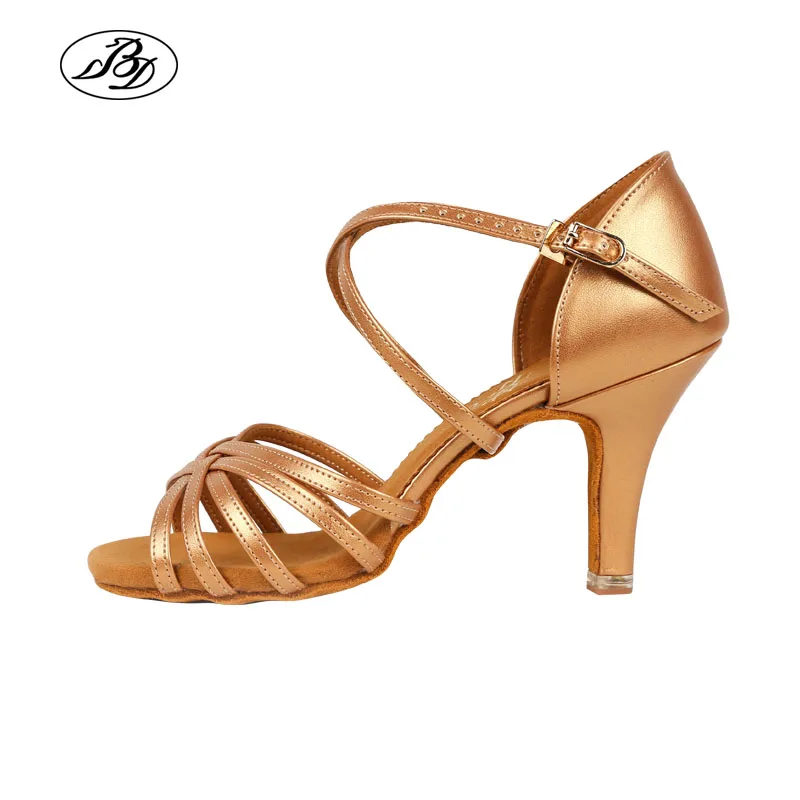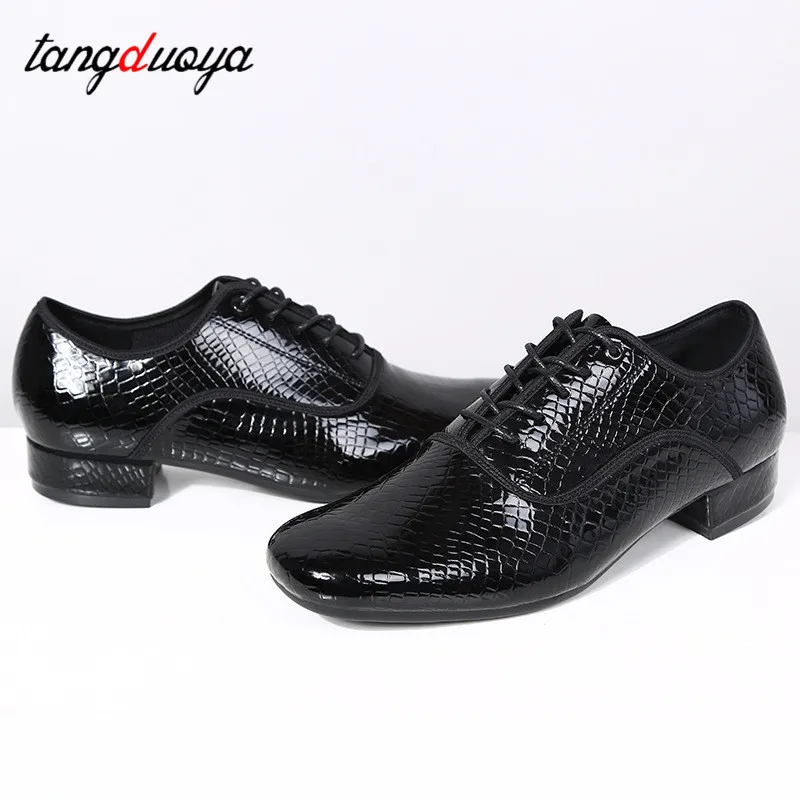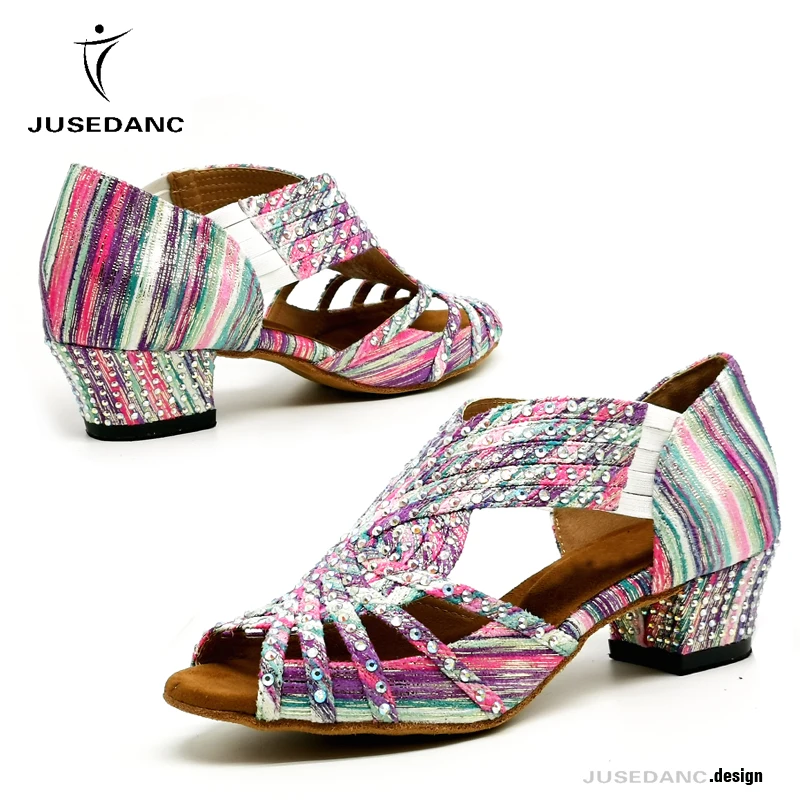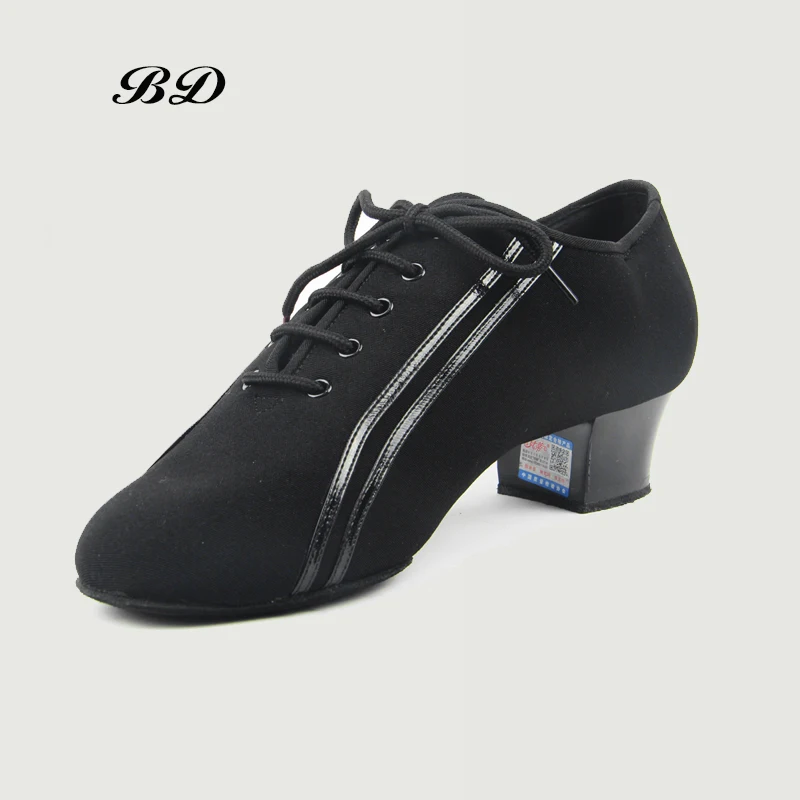What is the Difference Between Training Shoes and Running Shoes?
Training shoes and running shoes are both designed for athletic activities, but they have distinct features that make them suitable for different purposes. Here's an overview of their key differences:
1. Purpose: * Training shoes are designed for a wide range of athletic movements, including weightlifting, cross-training, and indoor sports. * Running shoes are specifically designed for forward motion, making them ideal for jogging, running, and marathons.
2. Construction: * Training shoes typically have a flatter and wider sole for stability and support during lateral movements. * Running shoes have a curved sole and a narrower profile for efficient forward propulsion.
3. Cushioning: * Training shoes prioritize stability and support, so they often have less cushioning than running shoes. * Running shoes feature ample cushioning to absorb impact and provide comfort during long runs.
4. Flexibility: * Training shoes are designed for multi-directional movements, so they have less flexibility in the sole. * Running shoes have increased flexibility to accommodate the stride pattern of running.
5. Weight: * Training shoes are generally heavier than running shoes to provide more support and durability. * Running shoes are lightweight and designed to minimize energy consumption during running.
Related Questions:
- What type of shoe is best for weightlifting? Training shoes
- Are running shoes good for everyday wear? Yes, but they may not provide enough support for other activities
- Can I use training shoes for running? In a pinch, but they may not offer the optimal cushioning and support
- What is the difference between stability and neutral running shoes? Stability shoes provide extra support for overpronators, while neutral shoes work well for neutral runners
- How often should I replace my athletic shoes? Every 300-500 miles or as needed based on wear
Related Hot Selling Items:
- Nike Metcon 8 (Training shoes)
- Brooks Ghost 15 (Running shoes)
- Asics Gel-Kayano 28 (Stability running shoes)
- Saucony Endorphin Speed 3 (Neutral running shoes)
- Adidas Alphabounce+ (Cross-training shoes)
Pre:Why are ortholite insoles found in all major shoe brands Why do companies like Nike Adidas and Asics need to use ortholites Is it marketing some technical or a patent thing
Next:Where can you buy Asics running shoes



















